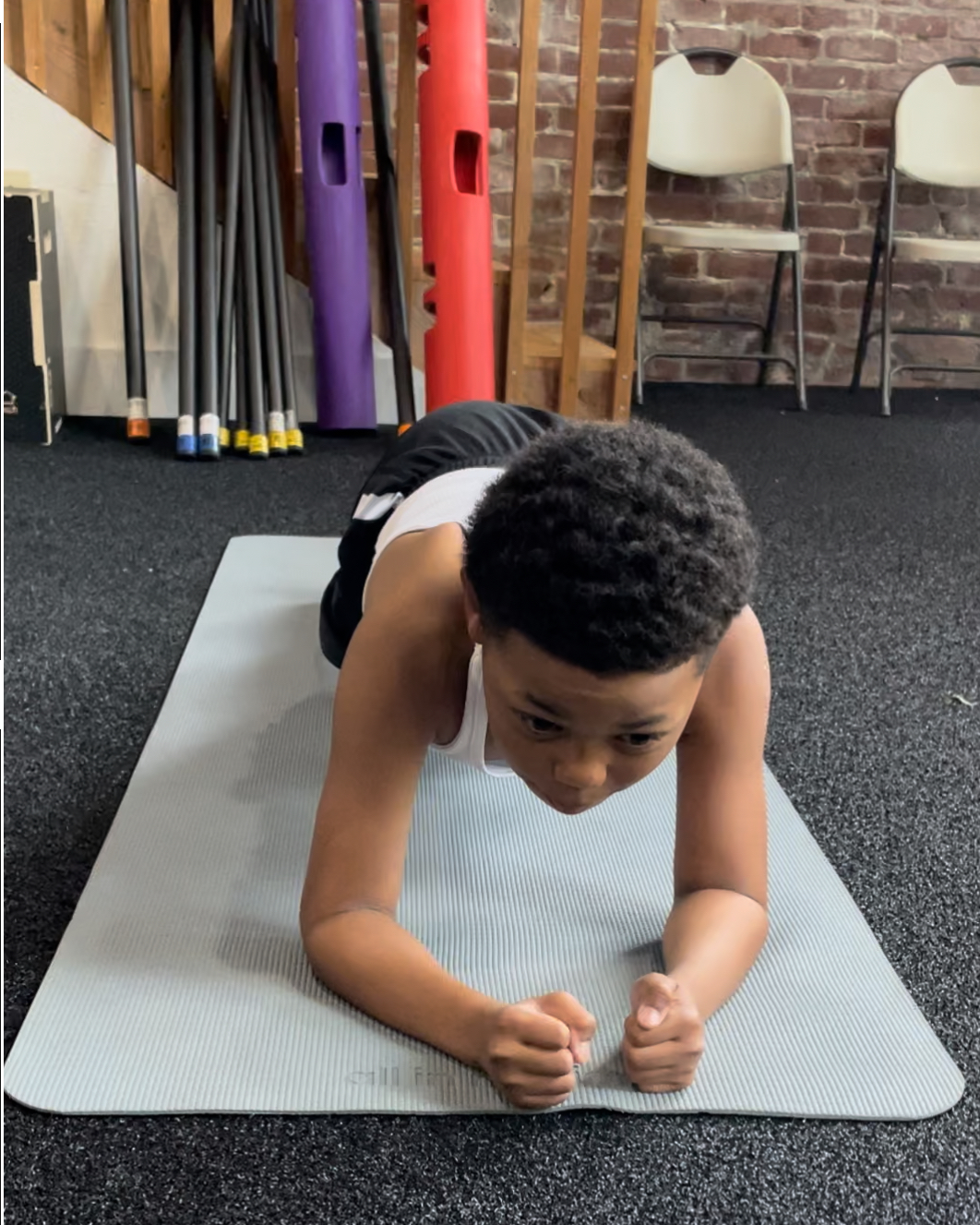The Art of Supporting Your Youth Athlete: A Parent’s Role
Being a parent of a young athlete is both exciting and challenging. Watching your child develop their skills, experience the highs and lows of competition, and grow in confidence can be deeply rewarding. However, it’s crucial to remember that your role is to support, not coach. While it may be tempting to step into the coaching role, the best thing you can do for your child is to be their unwavering supporter.
The Difference Between Supporting and Coaching
Support and coaching are two distinct roles, each with its own responsibilities. As a supporter, your job is to provide encouragement, emotional backing, and a safe space for your child to express themselves. Coaches, on the other hand, are responsible for developing technical skills, strategy, and guiding the team toward its goals.
When parents take on the role of a coach, it can blur the lines and create confusion for the child. This often leads to unnecessary pressure and can diminish the joy of playing the sport. Children need to know that they have a space where they are free to be themselves without the added expectations of performance from their parents.
Why Support is More Important Than Coaching
1. Building Confidence: Children thrive when they know they have the unconditional support of their parents. Your belief in their abilities and the recognition of their efforts, regardless of the outcome, builds self-confidence. This confidence not only helps them on the field but also in other areas of their life.
2. Fostering a Love for the Game: When parents focus solely on results and performance, it can take the joy out of the game for children. By prioritizing enjoyment and personal growth over winning, you help your child develop a lifelong love for the sport. This love will carry them through the inevitable challenges and setbacks they will face as athletes.
3. Reducing Stress and Pressure: Sports can be stressful enough for young athletes without the added pressure of parental expectations. By taking on the role of a supportive parent, you reduce the stress your child feels and allow them to perform without the fear of disappointing you.
4. Strengthening Your Relationship: A supportive relationship strengthens the bond between you and your child. It creates a foundation of trust and open communication, where your child feels comfortable sharing their experiences and challenges with you.
How to Be a Supportive Parent
• Listen More, Talk Less: After games or practices, focus on listening to your child. Let them share their thoughts and feelings without immediately offering advice or criticism.
• Celebrate Effort Over Results: Praise your child for their hard work, effort, and attitude, rather than just their achievements. This reinforces the value of persistence and resilience.
• Be Present, Not Overbearing: Attend games and practices, but resist the urge to coach from the sidelines. Your presence alone shows your support.
• Provide a Safe Space: Make sure your child knows that their home is a place where they can relax and unwind, free from the pressures of competition.
Conclusion
Your role as a parent is to be the pillar of support your young athlete needs. By focusing on encouragement and emotional backing rather than coaching, you help your child build confidence, foster a love for the game, and enjoy their athletic journey. Remember, the most important thing you can give your child is the assurance that, win or lose, you’re proud of them just for giving it their best.
In today’s competitive sports environment, many young athletes are encouraged to participate in multiple sports year-round, with the belief that more playtime leads to better skills and greater success. However, this approach can often be counterproductive, leading to burnout, overuse injuries, and stunted athletic development. Instead, athletes should consider investing time in sports performance training to enhance their overall athletic abilities, reduce the risk of injury, and ultimately achieve higher levels of success in their chosen sports.
The Pitfalls of Playing Too Many Sports
While participating in various sports can develop a broad range of skills and keep young athletes engaged, it often comes with significant downsides. The most common issue is the lack of rest and recovery time. Continuous participation in multiple sports, often with overlapping seasons, leaves little room for the body to heal and strengthen. This increases the risk of overuse injuries, such as stress fractures, tendinitis, and muscle strains.
Additionally, playing multiple sports can lead to burnout. The constant pressure to perform, coupled with the physical and mental demands of juggling different sports, can cause young athletes to lose their passion for the game. Instead of improving, they may experience fatigue, reduced performance, and a lack of motivation.
The Benefits of Sports Performance Training
Sports performance training focuses on developing the foundational elements of athleticism, such as strength, speed, agility, and flexibility. By investing time in this type of training, athletes can enhance their performance in all sports, rather than just focusing on sport-specific skills.
1. Improved Athleticism: Performance training builds the physical qualities that are essential across all sports. Whether it’s the explosiveness needed for a basketball jump shot, the speed required to sprint down a soccer field, or the agility to change direction on a dime in football, sports performance training lays the groundwork for superior athleticism.
2. Injury Prevention: A well-rounded sports performance program includes exercises that strengthen the muscles, improve joint stability, and enhance flexibility. These components are crucial for reducing the risk of injuries that can occur from repetitive motion or sudden impacts in sports. By preparing the body to handle the physical demands of competition, athletes are less likely to suffer from setbacks that could derail their progress.
3. Long-Term Development: Focusing on performance training allows athletes to develop at a sustainable pace. Rather than peaking too early or plateauing due to overuse, they can steadily improve their athletic abilities. This long-term approach helps athletes build a strong foundation that supports continuous growth and success throughout their careers.
4. Mental and Physical Resilience: Performance training also strengthens the mental toughness required to push through challenges. The discipline and focus needed to complete rigorous training sessions translate to improved confidence and resilience in competition.
Conclusion
While playing multiple sports has its merits, athletes should prioritize sports performance training to maximize their potential. By focusing on building strength, speed, agility, and injury resistance, athletes can achieve higher levels of success in their chosen sports. Investing in performance training not only enhances athleticism but also supports long-term development and reduces the risk of burnout and injuries. For athletes looking to excel, the time spent in the gym or on specialized training will pay off far more than simply playing more games.

